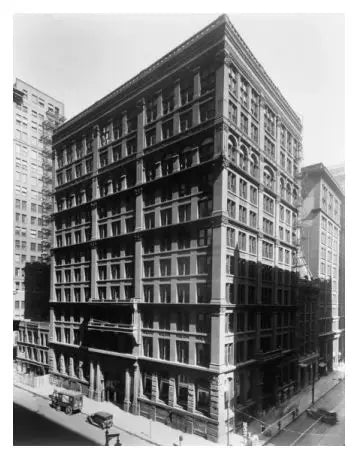Available for purchase in the USA
US

"Urban renewal" has always been everywhere in recent years.
Removable carpet tiles have become increasingly popular in recent years, offering a practical and flexible solution for residential settings. But where did this innovation come from? The history of removable carpet tiles can be traced back to the mid-20th century, when a company called Heuga introduced the first modular carpet tiles. This revolutionary product offered a new level of convenience and flexibility, allowing users to replace individual tiles rather than entire carpets. Over the years, the technology and design of removable carpet tiles have continued to evolve, leading to products like Matace removable carpet tiles that offer even greater durability, ease of installation, and versatility. In this blog post, we will delve deeper into the origin and evolution of removable carpet tiles, exploring how they have become an integral part of modern interior design.
In the mid-19th century, the carpet tile was introduced in Europe as a byproduct of bicycle seat cushion production, representing a shift towards maximizing material usage.

Measuring at 25 x 25 cm, its small size made it popular in Europe's confined urban spaces. Since then, carpet tiles have become a popular choice for commercial and residential spaces alike, offering a versatile and sustainable option for flooring. With the rise of urban renewal projects in the 20th century, carpet tiles played an important role in the renovation of old buildings, providing a practical solution for updating outdated flooring. In recent years, the trend towards sustainable and flexible design has further boosted the popularity of carpet tiles, making them an ideal choice for contemporary urban spaces that demand both durability and adaptability.
From the late 19th to early 20th century, the US economy boomed and skyscrapers emerged as a symbol of modernity and progress. 
In 1884, the Home Insurance Building in Chicago was built, widely recognized as the world's first skyscraper. As the demand for efficient management of these towering structures grew, equipment management companies emerged to meet the challenge. Carpet tiles, with their easy installation and maintenance, became a preferred choice for these companies, as they offered a practical solution for covering large surface areas while also being easy to replace and clean.
Today, carpet tiles continue to evolve and adapt to the changing needs of modern buildings and interior design, offering a flexible and sustainable flooring option that is ideal for residential spaces.
In the 1970s, the world-renowned Chinese-American architect I.M. Pei designed the world's first carpet tile flooring system. Installed in the iconic Hancock Building in Boston, USA, this pioneering design marked a significant moment in the history of interior architecture. Paying tribute to Pei's legacy as a master of modernist architecture, the use of carpet tiles in high-rise buildings has since become a popular choice for many architects and designers around the world. As a practical and versatile option for commercial and residential spaces, carpet tiles offer a wide range of benefits, from their ease of installation and maintenance to their adaptability to different interior design styles.

Comments
Leave a comment